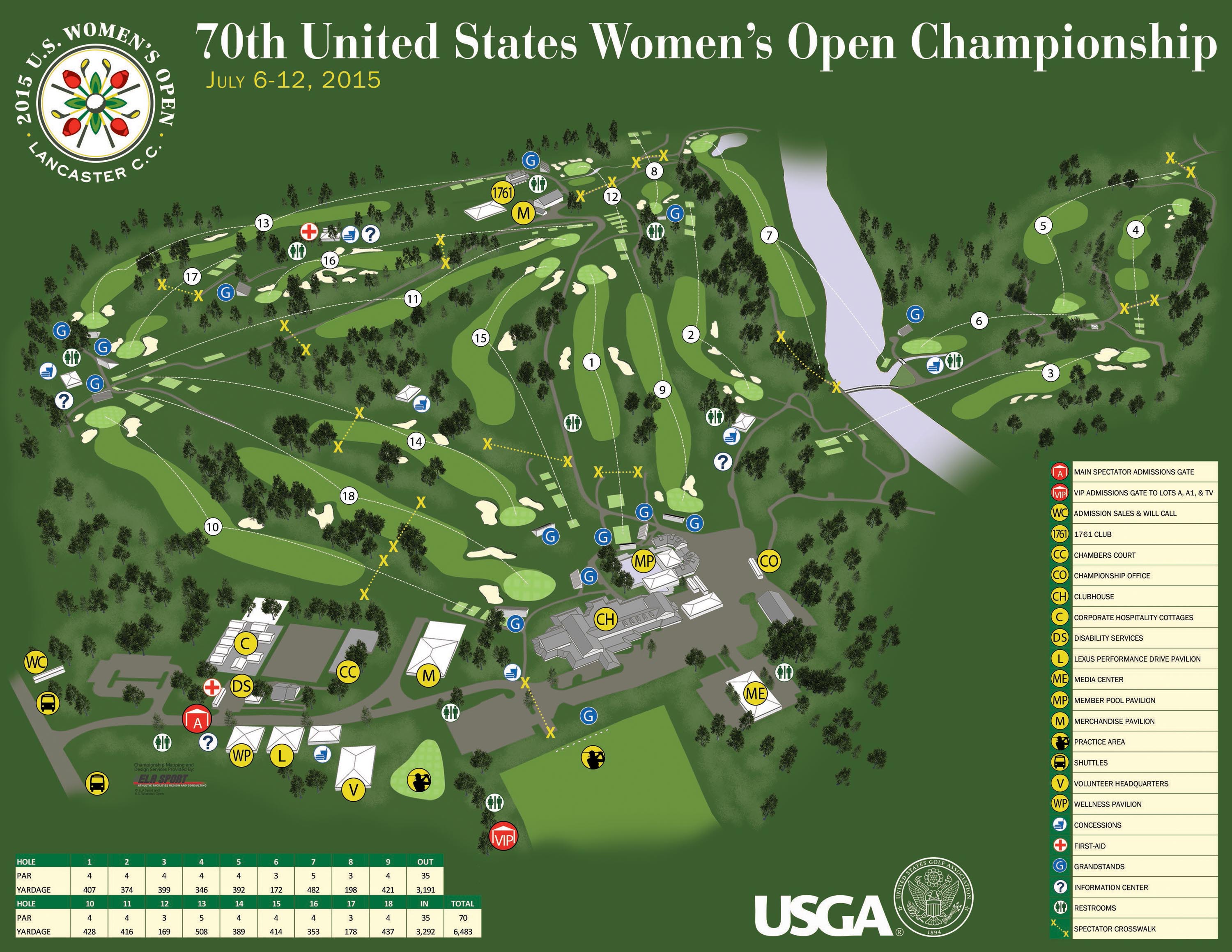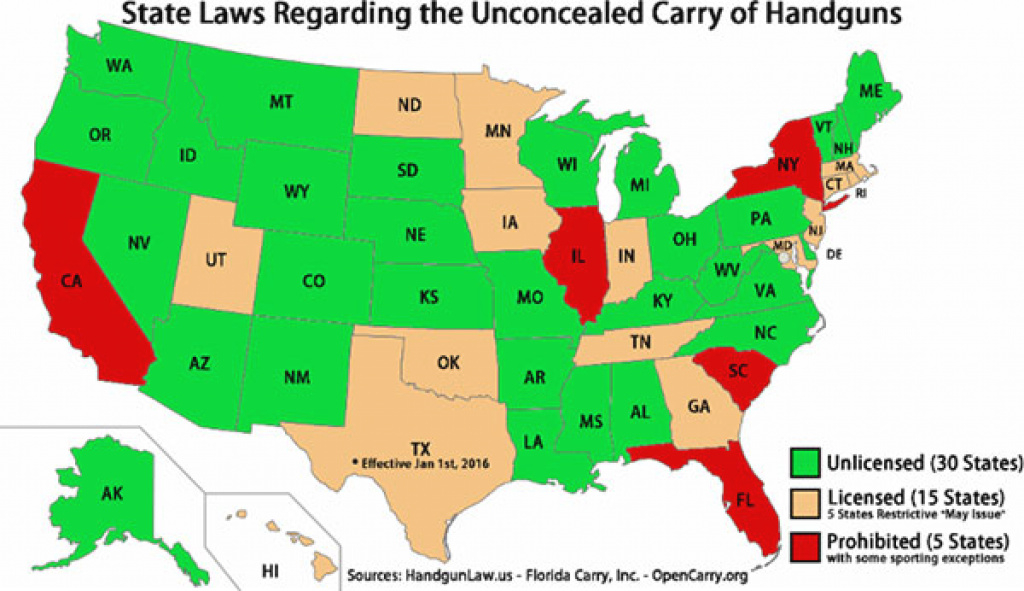

Otherwise, players ignore it for singles. The doubles alley is only fair play when competing in doubles. The space between the singles and doubles sidelines is called the doubles alley. To start a point, a player must hit a serve into one of these boxes, which is how they get their name. The two equal-sized boxes created by the intersection of the service line and the center service line are the deuce (right) and ad (let) service boxes. With the lines of a tennis court, you’ll find different areas or boxes that form, which I’ve defined below. These lines fall four and a half feet outside of the singles sidelines. The doubles sidelines run perpendicular to the net and define the side boundaries of the court for doubles matches. The singles sidelines run perpendicular to the net and define the side boundaries of the court for singles matches. As a result, its length is 21 ft (6.40 m) on each side of the net. The center service line runs perpendicular to the net and connects with the middle of the service line on both sides of the court, creating two equal-sized service boxes on each side. Any serve that lands beyond this line in the court is out. However, unlike the baseline, it extends only to the singles sidelines. It also marks the end of the service boxes. The service line runs parallel to the net and marks roughly the halfway point between the net and the baseline. It’s a useful point of reference, as coaches will always tell you to return to the center of the baseline after you hit a groundstroke. It defines the point you cannot cross when hitting a serve in the deuce (right side) and ad court (left side). The center mark is the shortest line on the court that divides the baseline in half and runs perpendicular to the net. Any shots that land beyond baseline are out of bounds. When playing, it’s where you will hit most of your groundstrokes (forehands and backhands) and the approximate location depth for standing to return a serve. The baseline runs parallel to the net and defines the farthest boundary, or back of the court, on each side. All other lines: Between 1 in (2.5 cm) and 2 in (5 cm)įurthermore, all court measurements are to the outside of the lines.Baseline: Up to 4 in (10 cm), no less than 1 in (2.5 cm).
US OPEN MAP HOW TO
I’ll cover the sizes of center courts at the majors, which becomes a factor in the strategy and tactics of the pros, later in this guide.Īs a new tennis player, the lines of a tennis court are helpful to familiarize yourself with so you can easily follow instructions when learning how to play and follow along in conversation or listening to a broadcast.īefore jumping in, it’s worth noting that all tennis court lines have width specifications set forth by the ITF. For example, the run-off on show courts at the Grand Slam tournaments is considerably larger. Overall Court Surface Area: 4,416 sq ft (410.26 sq m)Ĭonsidering these are minimums, the amount of run-off varies widely from one court to the next.To the Side of the Court: 10 ft (3.05 m).Overall Court Surface Area: 4,752 sq ft (441.48 sq m)Ĭourts for recreational or club play require less run-off but still provide plenty of space for players to move around the court without running into the surrounding fence or backstop.To the Side of the Court: 12 ft (3.66 m).International Competition Run-OffĬourts for international competition have larger minimum run-offs to accommodate benches, umpires, and ball people. These measurements apply to all court surfaces, including hard, clay, grass, carpet, or concrete. The ITF recommends a minimum run-off for courts used for international competitions and recreational or club play. If you’ve ever stepped onto a tennis court, you’ve likely noticed space to the sides and back of a tennis court, allowing players to move freely around the court. To better understand the layout of a tennis court, here’s a diagram with measurements and labels that you can use as a point of reference while I review each part of the court in the following sections.įor a full-screen version of this diagram, please click here.

Please note that these measurements are made to the outside of a court’s painted lines, meaning all lines are considered fair play.Īlso, keep in mind that these measurements are the size of the playing area for a tennis court, not including the run-off or space to the sides or back of a court that’s required for players to compete.


 0 kommentar(er)
0 kommentar(er)
